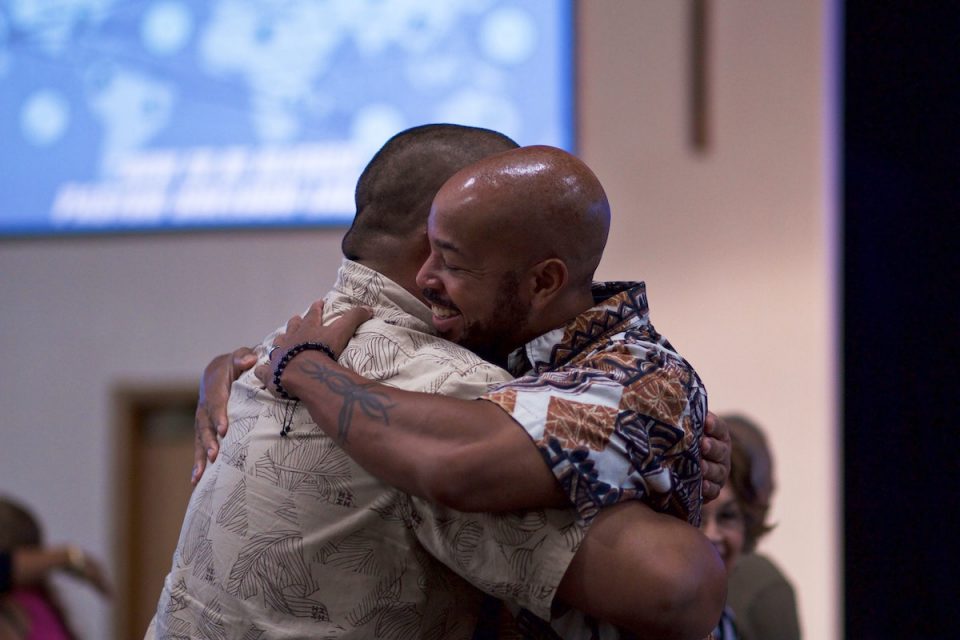I believe that burnout will soon become the next world health crisis. The COVID-19 pandemic will be largely to blame, with more people reporting poor mental health outcomes. According to the UK’s Health & Safety Executive (HSE), in 2019/20 an estimated 828,000 workers were affected by work-related stress, depression or anxiety. This represents 2,440 per 100,000 workers, totalling a loss of approximately 17.9 million working days. So in this post, I am going to cover what employee burnout looks like, how you can identify it in your teams or yourself, and most importantly what you can do about it.
I suffered from burnout in 2012, and although I made the necessary changes just before reaching crisis point, I know how devastating it can be. Many people I’ve talked to in my subsequent career in wellbeing have reported feelings of exhaustion, and exhibiting classic signs of burnout such as anhedonia, mood problems and insomnia.
But what does employee burnout look like, and how can you spot this within your teams? There are two main presentations of burnout: active and passive. These can be expressed both internally and externally.
Active Signs of Employee Burnout
Sarah is an outgoing, generally upbeat person who is driven, ambitious and looks after herself. She usually eats healthily, walks to and from the office and often contributes positively to the working environment. Recently, you’ve noticed she’s been showing signs of irritation, losing her temper, and snapping at colleagues. A few of you remark on how out of character this is, and privately you assume she just isn’t in a good mood that day or perhaps slept badly. It’s now been happening for a few weeks. You notice that she has been arriving by taxi and often skips lunch in favour of coffee and biscuits. These are active and external symptoms.
On the way back from a client meeting, you and Sarah stop for coffee, and she opens up about how she’s been feeling. She has felt tired and lacking in motivation for a while; she no longer has the energy to exercise or cook fresh food and feels angry with herself for letting these healthy habits slide. Her partner has noticed the changes but when they try to approach the topic, Sarah shuts them down. Her home life is now starting to suffer. These are active and internal symptoms.
What’s going on with Sarah can be described as a classic presentation of active burnout: starting with extreme stress and becoming increasingly worse over time.
Passive Signs of Employee Burnout
Paul is a fun person to be around. He has a silly sense of humour and is someone that people gravitate towards. He’s always helpful – especially when new colleagues join – and he works hard and gets results. Recently, Paul’s colleagues have noticed a change in his demeanour; he’s much quieter than he used to be and has developed a more cynical outlook. He sometimes misses deadlines, and is no longer so diligent about creating high-quality work. People have noticed that Paul has had a lot going on in his professional and personal life, though he has always seemed to cope in the past. These are passive and external symptoms.
In a one-on-one meeting with his manager, Paul reveals that he’s been feeling low. When probed, he shares that he feels very weary, sad and inadequate. He is aware that he’s retreating into himself, and that colleagues have also noticed this too. These are passive and internal symptoms.
What you can do
- Have in-person conversations if possible
- Ask questions but practice active listening
- Show empathy but don’t feign understanding
- Avoid jumping into solutions-mode
- Signpost to services such as therapy or occupational health
- Be an ally
This is a fantastic burnout resource looking at each of the 12 stages, what to look for and what to do about it at each stage.


